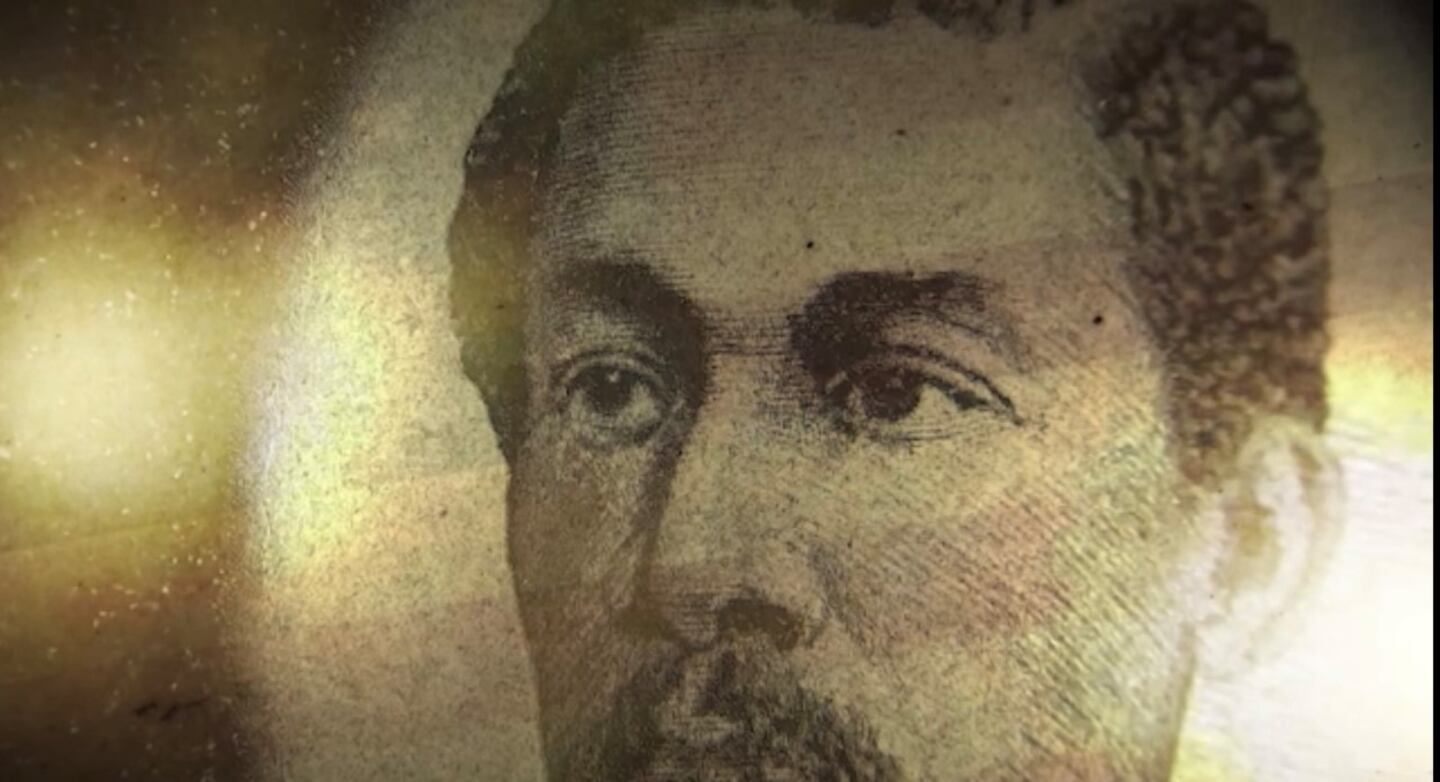Generations before Jackie Robinson integrated baseball, and Rosa Parks helped desegregate city buses, Octavius V. Catto did both.
He fought for equality in the streets, on the baseball diamond and at the ballot box in the Philadelphia where this once forgotten hero’s story lives on.
Right next to city hall, facing his old community, the south side of Philadelphia, you’ll see the statue of Octavius V. Catto.
But to understand the impact of Catto and his legacy, you have go back generations before the Civil Rights movement.
“We know he was short in stature, but he certainly was large in impact,” said Roz McPherson, project director for the Catto statue.
Catto was born years before the Civil War even started in 1839.
By the time he was 32, he had helped desegregate trolley cars and expanded educational opportunities at the Institute for Colored Youth, now Cheyney University.
“We’re looking at a young person who accomplished so much in a very short span of time,” said McPherson. “And I see him as an inspiration to our new generation of activists that it’s you’re never too young, to get involved in the fight for civil rights.”
Unveiled four years ago, his statue is more like an outdoor exhibit with pillars highlighting the untold story of this educator, military major and activist.
“We’re not just looking at the man. But we have a chance to go through these pillars that represent the various categories of things with which he had an influence,” said McPherson. “This gives us a sense of the times, and it gives context.”
Before Jackie Robinson ever played on a baseball diamond, Catto also helped integrate America’s past time which was an outlet for black men, away from the discrimination, and hate they faced in the streets.
“I could see men who endorse those kinds of indignities having an opportunity to play a game on the weekends, just them just the brothers just playing not having to be anything other than themselves,” Aaron Smith, who is a professor in the Department of Africology and African American studies at Temple University.
We sat down Smith inside the historic Charles L. Blockson Afro-American Collection at Temple University which is home to hundreds of thousands of original works and writings about African Americans.
Smith has written about Catto’s legacy, and he said one of Catto’s biggest power plays was at the ballot box.
“They were living a real experience where people could truly change the world in one lifetime,” said Smith.
Just a year after congress ratified the 15th amendment granting black men the right to vote, Catto registered thousands of them.
Smith said Catto saw politics as a platform for transformative change.
“[They see] The Emancipation Proclamation, they see these different amendments, they’re like, this is the way. That’s why people who were working on plantations as young people ended up in the halls of Congress,” said Smith.
But not everyone supported this vision.
On Election Day, October 10, 1871, Catto went to the Mayor asking for protection after white men were killing black men for voting.
But that same day, his own life was cut short. Catto was assassinated in front of a polling place on South Street.
“They say your enemy sees you rise first before you even begin to fully maximize and access it. So if we think that he was doing a lot of good work, can you imagine those with the fragility and insecurity and the desire to continue exploiting and separating people? They must have seen him in ways that we couldn’t imagine,” said Smith.
Now young activists can imagine their own legacy.
Catto’s spirt lives on in larger-than-life images around Philadelphia in the form of his statue and a mural near an elementary school where the next generation of leaders are discovering their own potential.
“I like the idea that more and more of our heroes and heroes are coming to light, because that’s a source of pride. It’s a source of aspiration,” said McPherson. “I want our young people in this day and age to have a much clearer sense of the richness of their history, and to be inspired, that you can do great things no matter how young you are, or what your station in life is.”
Catto’s statue near city hall was also the starting point for many of the George Floyd protests from last summer, serving as a direct connection to the work he started and the work that continues with today’s activists.
©2021 Cox Media Group








